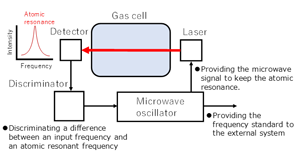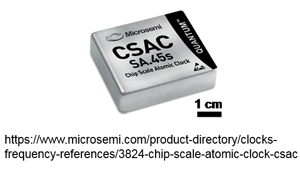A New Architecture for Miniaturization of Atomic Clocks Exploiting a Piezoelectric-Thin-Film Vibration
- From a rack-mount system toward a microchip -
January 23, 2018
National Institute of Information and Communications Technology
Tohoku University
Tokyo Institute of Technology
Highlights
- Piezoelectric-thin-film vibration exploited to miniaturize an atomic clock
- Frequency instability and 30% reductions in chip area and 50% reduction of power consumption
- High-end frequency standards would be incorporated into wireless devices like smartphones
Background
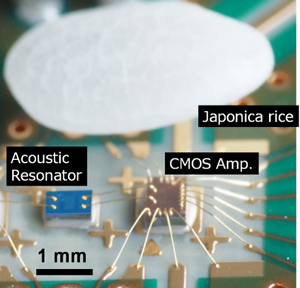
Achievements

[Click picture to enlarge]
Future Prospects
Supplementary Information
Overview of the Atomic Clock System
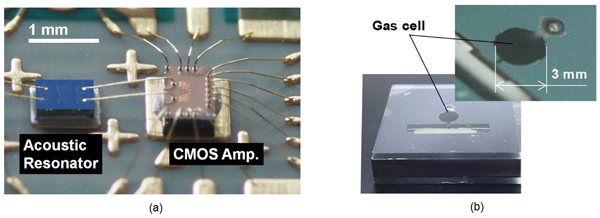
(b) A micromachined Rb gas cell
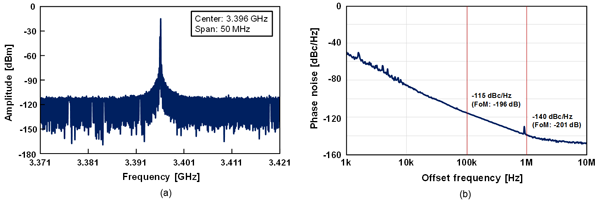
[Click picture to enlarge]
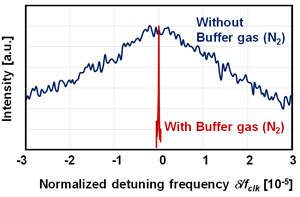
*fclk: A clock transition frequency of 87Rb
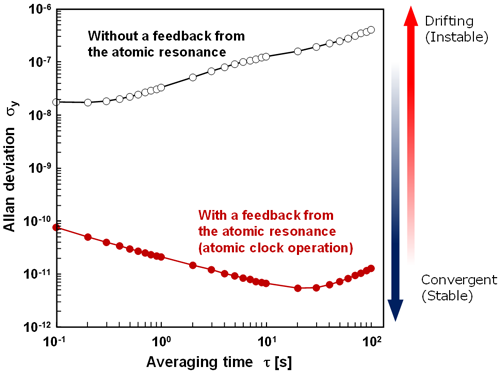
Glossary
Atomic Clock
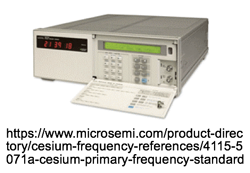
Frequency Multiplication
Piezoelectric Thin Film
Module-Sized Atomic Clock
It is an atomic clock module using the Coherent Population Trapping (CPT) spectrum to optically interrogate the electron transition with ease. This module was developed in the US, and has begun to be used in some oceanographic surveys.
Rubidium
MEMS: Micro-Electromechanical System
Technical Contact
Motoaki Hara
Space-Time Standards Laboratory
Applied Electromagnetic Research Institute
NICT
Tel: +81-42-327-5476
E-mail:























Takahito Ono
Department of Mechanical System Engineering
Graduate School of Engineering
Tohoku University
Tel: +81-22-795-5806
E-mail:

























Hiroyuki Ito
Laboratory for Future Interdisciplinary Research of Science and Technology (FIRST)
Institute of Innovative Research (IIR)
Tokyo Institute of Technology
Tel: +81-45-924-5010
E-mail:



















Media Contact
Sachiko Hirota
Press Office
Public Relations Department
NICT
Tel: +81-42-327-6923
Fax: +81-42-327-7587
E-mail:




















Hiroko Banba
Press Office
Graduate School of Engineering
Tohoku University
Tel/Fax: +81-22-795-5898
E-mail:























Public Relations Section
Tokyo Institute of Technology
Tel: +81-3-5734-2975
E-mail:
























